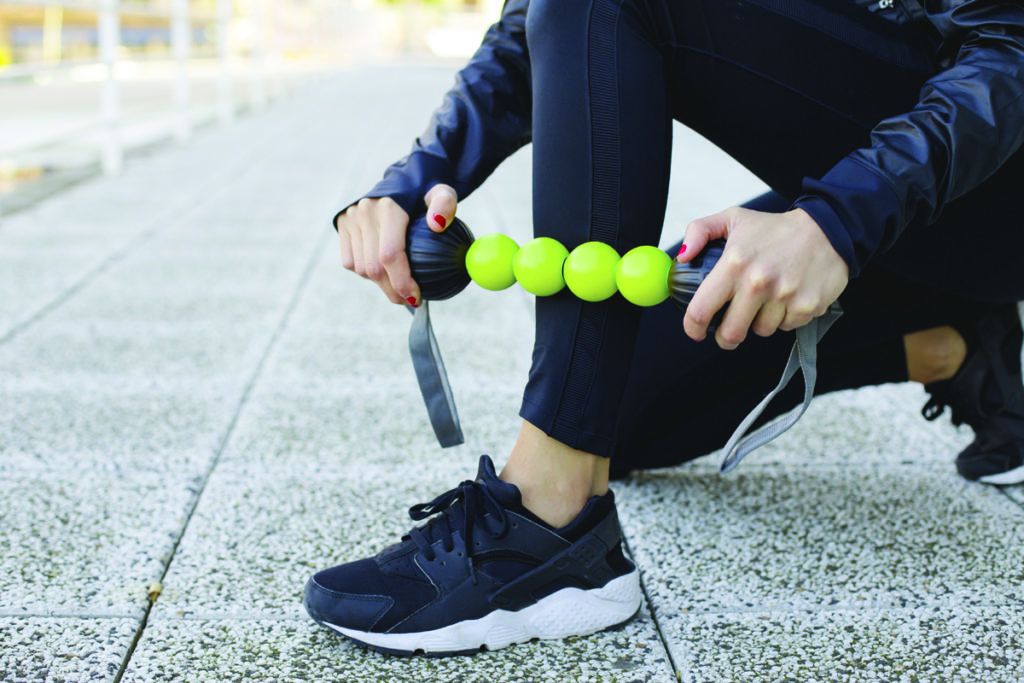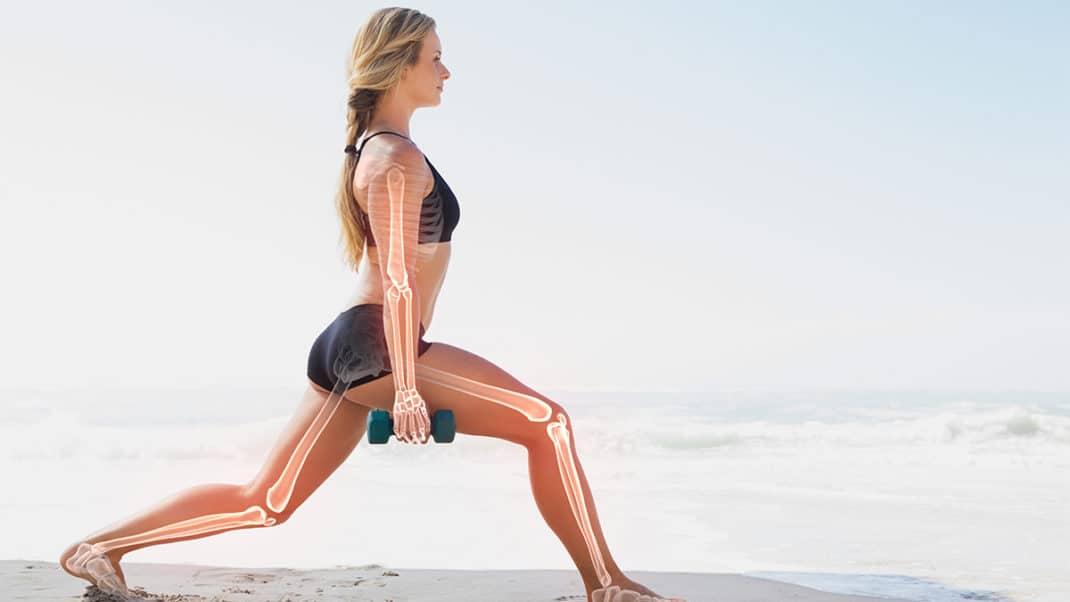Cardiorespiratory Fitness Testing
This first of a two-part series explains the what, when, where and why of cardiorespiratory fitness tests.
Imagine this scenario: A client comes to you for 6 months of training with the main goal of improving his cardiorespiratory endurance. Six months from now, how will you know if your training program was a success? Perhaps your client will say he looks and feels better. Maybe you will notice he is able to exercise for longer periods at a much higher intensity than before training began. On the other hand, if you choose to administer a cardiorespiratory fitness test prior to and following the training program, you will be able to measure the client’s success objectively and provide him with better feedback.
What Is Cardiorespiratory Fitness?
Cardiorespiratory fitness is the ability to perform dynamic, moderate- to high-intensity exercise involving large-muscle groups for prolonged periods of time (American College of Sports Medicine [ACSM] 2000). The most important measure of cardiorespiratory fitness
is maximal oxygen consumption, or VO2max. In general, VO2max is determined by the maximal amount of blood the heart pumps per minute (cardiac output) and the amount of oxygen utilized by the exercising muscles (arterial-venous oxygen difference). However, the role the lungs play in providing oxygen for the muscles to use during exercise is also important. Thus the term cardiorespiratory best describes the close interaction between the heart and lungs in determining overall fitness.
Why Test?
Cardiorespiratory fitness tests can be used to gather information that can help you do a number of important things:
1. Assess a client’s current fitness status (VO2max).
2. Create an individualized exercise program based on maximal endurance capacity.
3. Provide feedback on a client’s progress throughout a training program.
4. Provide information to educate and motivate a client.
5. Identify specific limitations (e.g., musculoskeletal) or needs that can affect exercise program design.
6. Under certain circumstances (i.e., maximal exercise testing), evaluate adverse cardiovascular responses to exercise or identify cardiovascular disease risk.
Which Cardiorespiratory Fitness Test?
How do you decide if a given cardiorespiratory fitness test (or any fitness test) is a good one? Consider the following factors:
- Does the cardiorespiratory fitness test measure accurately and consistently? (This is determined through research. Information on the most common testing protocols can be found in ACSM’s Guidelines for Exercise Testing and Prescription. Next month’s “PFT 101” column will provide information on a few select protocols.)
- Can results of the test be compared with normative tables that are specific to age and gender (available in ACSM’s Guidelines for Exercise Testing and Prescription and many other texts)?
- Is the test inexpensive?
- Is it easy to administer?
- Does the test modality (treadmill, bike, etc.) utilize large-muscle groups and minimize isometric muscle work?
- Does the test involve a moderate
degree of skill for the client, or is a high level of skill required (making the test appropriate for a limited number of clients)?
- Does the test begin at a very low intensity?
Submaximal vs. Maximal Testing
Whether to choose a cardiorespiratory fitness test that requires a submaximal effort from a client or one that requires a maximal effort depends on a number of considerations (ACSM 2000), including:
- reasons for the test and information you want to gather (estimation of cardiorespiratory fitness status vs. diagnosis of disease)
- health status of the client (apparently healthy vs. diseased)
- setting for the fitness test (fitness center vs. hospital-based center)
- availability of appropriate personnel (nurse, physician, etc.)
- availability of equipment (exercise modes, emergency equipment, etc.)
In the majority of cases, using a maximal cardiorespiratory fitness test will
not be an option for personal fitness trainers because of inappropriate settings and equipment and a lack of trained
personnel to monitor the test properly. Therefore this discussion will focus on submaximal testing.
Submaximal Testing
The goal of submaximal fitness testing
is to predict a client’s VO2max by determining her heart rate response to one or more workloads during the exercise test. When predicting VO2max, we make several assumptions:
1. A steady-state (unchanging or level) heart rate is obtained for each workload.
2. A linear relationship exists between heart rate and work rate.
3. Maximal heart rate for a given age is uniform (similar).
4. Mechanical efficiency (VO2 at a given work rate) is the same for everyone.
Some assumptions can affect the accuracy of the prediction more than others. You can fulfill the first two assumptions by accurately measuring the client’s heart rate and minimizing any factors that can affect it at rest or during exercise (i.e., stress, anxiety, caffeine, isometric muscular work, etc.). You can attempt to meet the fourth assumption by requiring the client to maintain a constant speed (50–60 revolutions per minute) on a bike or maintain similar walking or running mechanics on a treadmill, but both of these strategies may be difficult to achieve with some clients. The third assumption—the prediction of maximal heart rate—can lead to errors because of the variability of maximal heart rate among individuals.
The bottom line, however, is that the prediction of VO2max based on these
assumptions is a reasonable estimate of fitness level for most clients.
Pretest Instructions and Appropriate Environment
Once you have identified the information you want to gather and the type of cardiorespiratory fitness test to administer, you can schedule your client’s test. Provide the client with pretest instructions to ensure that the test results are accurate and unaffected by outside factors. ACSM (2000) suggests that you give clients these instructions for the cardiorespiratory fitness test:
- Wear comfortable, loose-fitting exercise clothes and good shoes.
- Hydrate properly over the 24-hour
period prior to testing. (I advise my students to tell clients to use common sense and drink what they normally would prior to exercise. Clients who do not normally drink much fluid should be instructed to drink 8–10 glasses of water over the
24 hours.)
- Avoid food, tobacco, alcohol and caffeine for at least 3 hours prior to testing.
- Avoid exercise or strenuous activity on the day of the test.
- Get adequate sleep (6–8 hours) the night before testing.
- Take all regularly prescribed medications prior to testing unless otherwise instructed by a physician.
Properly screen all clients before cardiorespiratory fitness testing by having them complete (or update) a health history questionnaire and a physical activity readiness questionnaire (PAR-Q). Also have them read and sign an informed consent specific to the cardiorespiratory fitness test activity. (See “PFT 101” in February 2004 IDEA Personal Trainer.) A client’s health and physical activity history is important when deciding on the appropriate test protocol and modality.
The testing area should be quiet and private (to minimize any pretest anxiety), at a comfortable temperature for exercise (70–74 degrees Fahrenheit), open and free from clutter. All equipment for the cardiorespiratory fitness test should be out and ready for use (ACSM 2000).
In the next issue, I will discuss the modalities (treadmill or cycle ergometer) and protocols used in cardiorespiratory fitness testing, explore the advantages and disadvantages of each, and introduce field testing as an alternative to these modalities.
References





